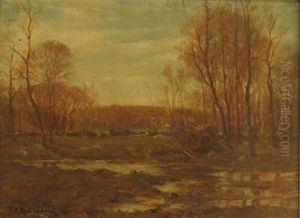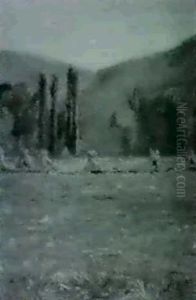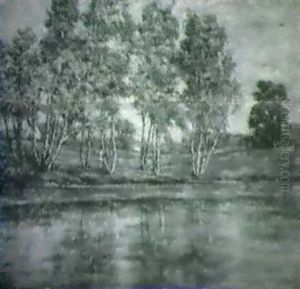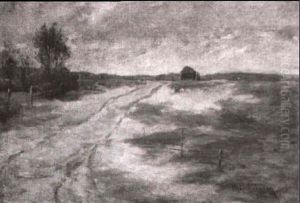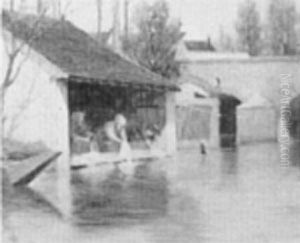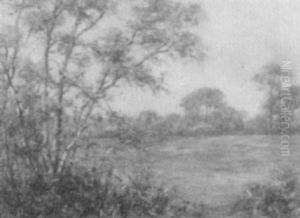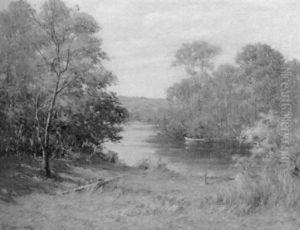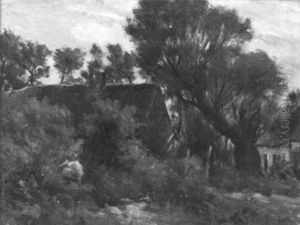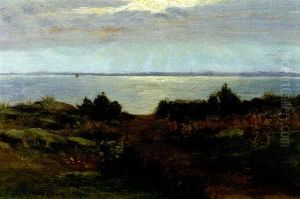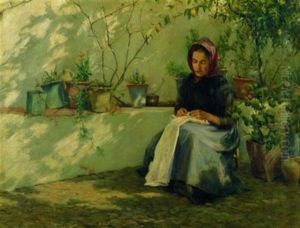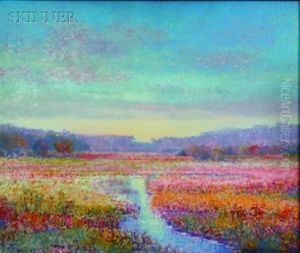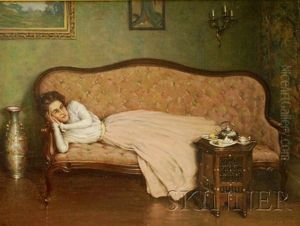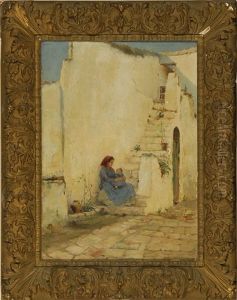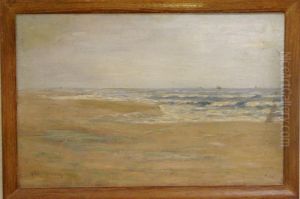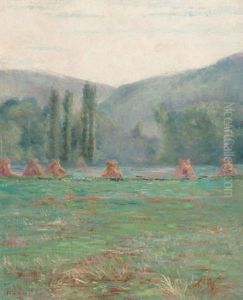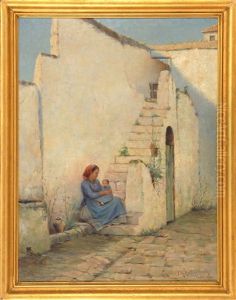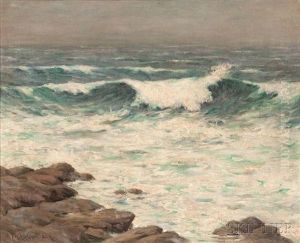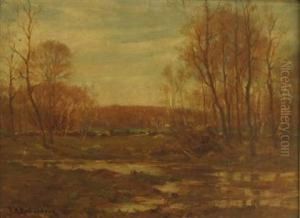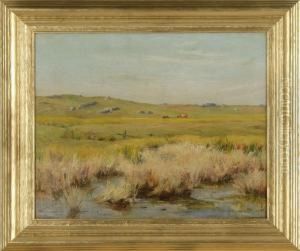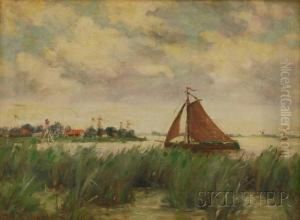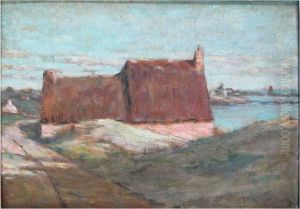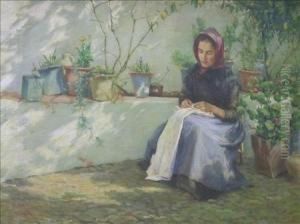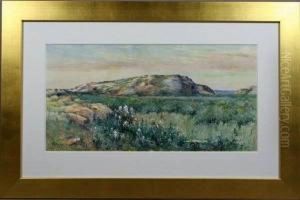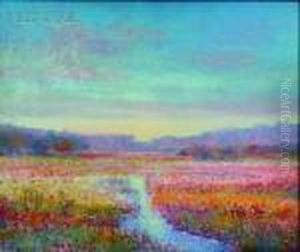Francis Henry Richardson Paintings
Francis Henry Richardson was an American painter known for his landscape paintings that often depicted the New England countryside. Born on January 11, 1859, in Hinsdale, New Hampshire, Richardson developed an early interest in art, which was supported by his family. He initially studied art locally before moving to more formal training.
Richardson furthered his art education at the School of the Museum of Fine Arts in Boston, where he was under the tutelage of noted artists such as Otto Grundmann and Frederick Crowninshield. He continued his studies in Paris at the Académie Julian, learning from renowned artists William-Adolphe Bouguereau and Tony Robert-Fleury. During his time in Europe, he was heavily influenced by the French Barbizon school, which emphasized realistic landscape painting and often featured rural scenes.
After his studies in Europe, Richardson returned to the United States and settled in Boston. He became an active member of the Boston Art Club and participated in their exhibitions regularly. His works were also shown at the Pennsylvania Academy of the Fine Arts, the National Academy of Design in New York, and the Art Institute of Chicago, among other venues.
Richardson’s paintings are characterized by their serene depictions of the natural world, with a particular focus on the effects of light and atmosphere. He often painted en plein air (outdoors), capturing the changing seasons and times of day in his landscapes. His work was well received, and he gained a reputation as a skilled landscape painter.
Throughout his career, Richardson remained dedicated to his craft and continued to exhibit his work. He also became involved in the art community as a teacher, sharing his knowledge and love for landscape painting with a new generation of artists.
Francis Henry Richardson passed away on May 31, 1934, leaving behind a legacy of idyllic landscape paintings that continue to be appreciated for their quiet beauty and technical skill. His works are part of several collections and are still exhibited in galleries and museums, offering a glimpse into the New England countryside as seen through his eyes in the late 19th and early 20th centuries.
